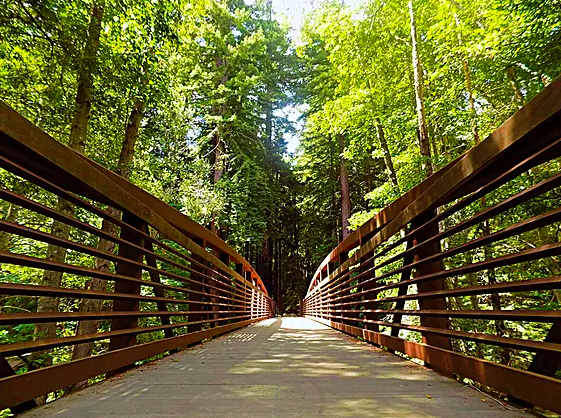By Matthew Morales, Staff Writer
CONSERVATION: Using America’s National Parks to help conserve nature.
If you have ever been to any of the national parks, you might have wondered why they are so important, or how they actually conserve nature. The mission of the National Park Service (NPS) is to work to protect natural resources and the values of the national park system, as well as preserving America’s natural, cultural, and historic assets. But exactly how and why are they going to such great lengths to achieve this goal?
To answer these questions, you have to travel back to the year 1871, when photographer William Henry Jackson, artist Thomas Moran, and sketch artist Henry Elliot took part in the Hayden Expedition, which explored the land which would soon be Yellowstone Park. A year later on March 1, 1872, their photographs, paintings, and sketches of the area helped push Congress to establish Yellowstone as America’s first national park, spanning across the states of Wyoming, Montana, and Idaho. The Yellowstone Act of 1872, signed by President Ulysses S. Grant reserved an area of land to protect and preserve the natural landscape and native wildlife in the region, starting the national park system. Although the bill that signed Yellowstone National Park into existence was never originally intended for nature conservation, conservation efforts still made their way into the bill. Congress didn’t want Yellowstone’s beauty and nature to be ruined, so they stated that “[Yellowstone] is hereby reserved and withdrawn from settlement, occupancy, or sale under the laws of the United States, and dedicated and set apart as a public park or pleasuring-ground for the benefit and enjoyment of the people.”
Since the land designated for national parks is federally reserved, the parks are untouched and safe from deforestation, hunting, and other harmful activities. In many ways, America’s national parks help preserve and protect the environment, natural resources, and native ecosystems. For example, they manage and maintain these parks by enforcing the law and overseeing visitor activities. The National Park Service also helps protect around 400 different endangered species of both native vegetation and wildlife. The NPS helps to preserve approximately 98,474 locations, consisting of archaeological sites, historic structures, national historic landmarks, national heritage sites, battlefields, and military parks.
National parks also offer great mental and physical health benefits. Hiking, walking, or running the trails can help both physical and mental health by providing opportunities to exercise and allowing you to clear your mind with the calm environment around you. The hiking trails in America’s parks foster understanding and appreciation for nature.
NPS and other independent groups such as scientific and wildlife conservation groups create natural reserves and rehabilitation facilities. This is to protect and conserve nature from problems we see today such as poaching and hunting. The work conservationists do makes a colossal impact on nature around them. Conservationists help support biodiversity and ecosystems in natural regions to thrive. In many ways, nature conservation is important to the environment. Some of the main reasons why conservation is important is because it helps maintain a healthy and safe ecosystem and protects wildlife from becoming extinct.
Our overall health also depends on the conservation of our environment. When people start to destroy nature for human advancement, wild animals are pushed out of their habitats and must move into populated areas, which then increases the risk for infectious diseases to be transferred from wildlife to people and our domesticated animals more quickly. This has already been the case with many pandemics and epidemics in the world, such as the infamous Ebola outbreak from 2013 to 2016. Without conservation and preservation, it is likely that we will see more viruses that we don’t know about.
The efforts going into nature conservation for future generations cannot be left only up to the National Park Service or to conservation workers. It is important for all of us to do our part to protect our planet. As visitors to the national parks and nature reserves, it is critical that we carefully follow the rules and regulations set in place by NPS so that we don’t harm our surroundings. With the recent surge of wildfires and record high temperatures, fire prevention and safety is at the top of the list of rules and regulations to follow. If you are unsure about what to do about forest fire prevention and safety, the National Park Service Rangers are always available for information.
Native wildlife is a common sight in the parks, and it is vital that you do not disturb them in any way. The growth of the natural vegetation in the national parks is integral to the ecosystems in the parks and it is crucial that visitors remain on the paths at all times, both for their own safety and for that of the plants and wildlife. At home, you can help the conservation efforts by being conscious of your actions. You can help save the planet by reducing your use of plastics, reusing and recycling anything you can, using less water when showering or washing dishes, and remembering to use less energy when you can. You can visit the National Park Service’s website if you wish to learn more about what you can do to support, protect and preserve our parks for future generations.
All Images taken by Matthew Morales. Visit his website at: https://matthewmoralesphotos.wixsite.com/home/portfolio

